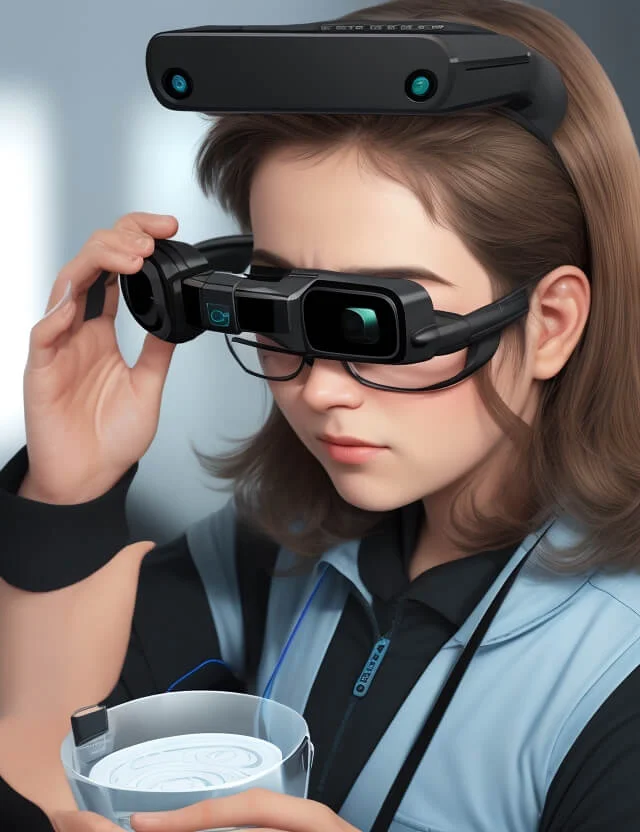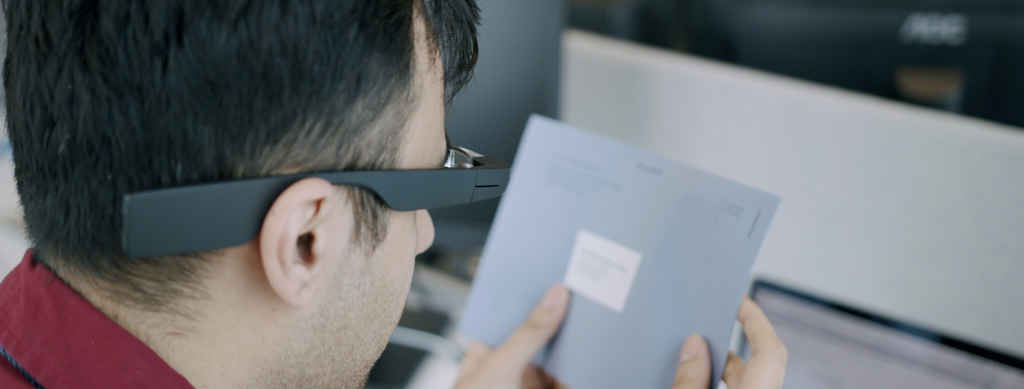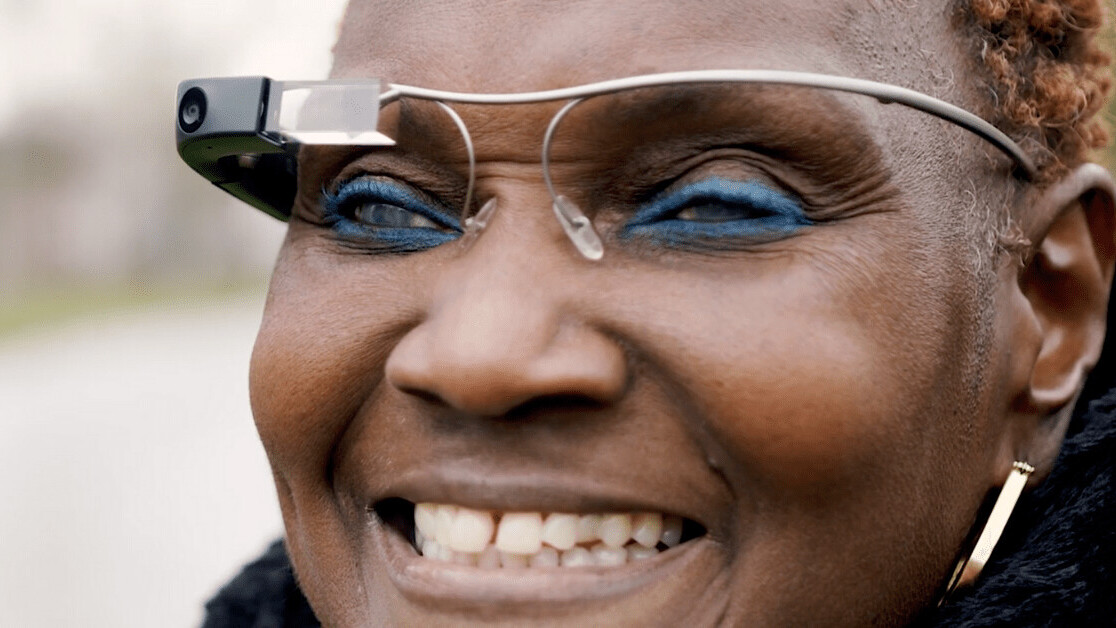Maximizing Efficiency with Screen Readers for the Blind: A Comprehensive Guide
Maximizing Efficiency with Screen Readers for the Blind: A Comprehensive Guide
Blog Article
Enhancing Accessibility Via Assistive Innovation for the Blind
The assimilation of assistive innovation for the blind represents a crucial innovation in availability, basically modifying exactly how individuals browse their settings and involve with society. As we discover the varied types of assistive devices and their concrete influences on day-to-day living, it ends up being vital to analyze how continuous technical innovations are reshaping the landscape of support for the blind community.
Review of Assistive Modern Technology
Assistive innovation describes a variety of tools and software application created to enhance the capabilities of people with impairments, including those that are blind or visually damaged. This modern technology plays an essential duty in promoting freedom and enhancing the top quality of life for customers. By offering alternative methods for accessing information and executing everyday jobs, assistive innovation empowers people to browse their atmospheres extra effectively.
The advancement and execution of assistive technology embrace a selection of concepts intended at cultivating ease of access. These principles include user-centered style, which focuses on the requirements and choices of the individual, and the assimilation of technology right into day-to-day tasks. Such developments guarantee that assistive gadgets are not only functional but also intuitive and easy to utilize.
Additionally, assistive technology includes a diverse spectrum of services, from low-tech choices like magnifiers to modern innovations such as display readers and Braille display screens. The ongoing advancement of this area is driven by the demand to address the special difficulties encountered by individuals with visual disabilities (Wearable technology for low vision). As modern technology remains to advance, the potential for improving accessibility and promoting inclusivity continues to be encouraging, ultimately adding to a much more equitable culture

Sorts Of Assistive Devices
Various sorts of assistive tools are readily available to support people who are aesthetically damaged or blind, each developed to attend to particular demands and obstacles. These tools can be broadly classified into 3 main types: low-tech, mid-tech, and state-of-the-art solutions.
Low-tech devices include items such as magnifiers, Braille labels, and tactile maps. These are relatively easy devices that boost the customer's capacity to connect with their environment without needing intricate technology.
Mid-tech devices often include advanced attributes, such as digital magnifiers and portable Braille note-takers. These devices can offer performances like speech outcome, permitting customers to accessibility details much more successfully.

Influence On Daily Living
The availability of various assistive gadgets significantly improves the lifestyle for individuals that are blind or aesthetically damaged, impacting their everyday living in profound methods. By incorporating innovations such as screen readers, Braille shows, and audio description services right into their routines, individuals gain greater freedom and freedom. These tools promote access to info, making it possible for people to carry out day-to-day tasks, such as checking out e-mails, navigating public areas, and taking pleasure in media content.
In addition, assistive devices equip people to involve even more fully in social interactions and area tasks. The ability to use smart devices geared up with ease of access attributes allows for seamless interaction and link with others. This connection fosters a feeling of belonging and reduces feelings of isolation.
In expert settings, assistive innovation sustains efficiency by permitting people to complete work tasks efficiently. Tools like voice acknowledgment software and specialized magnification gadgets allow individuals to join the labor force on equal ground with their sighted peers.

Advancements in Innovation
Recent technological developments have substantially transformed the landscape of tools readily available for individuals who are visually impaired or blind. The assimilation of man-made intelligence (AI) and artificial intelligence has actually provided increase to applications that enhance navigating and object acknowledgment. Smartphone applications can currently make use of AI to recognize and explain surroundings in real-time, providing customers with useful contextual info.
Additionally, advancements in haptic modern technology have caused the development of clever canes outfitted with sensors that detect barriers and provide tactile feedback. This empowers customers to browse their atmosphere with boosted confidence and independence. Advancements in text-to-speech software program and braille displays have boosted the access of electronic web content, permitting for seamless communication with numerous media.
Wearable modern technologies, such as smart glasses, are additionally making strides in aiding visual impairment. These tools can provide augmented fact experiences, overlaying crucial details onto the user's field of vision. Jointly, these advancements not only enhance the lifestyle for people that are blind yet likewise advertise greater inclusion in culture. As innovation proceeds to evolve, the capacity for even more transformative tools continues to be imminent.
Future Trends and Innovations
As technology swiftly proceeds, the future of assistive tools for people that are blind holds enormous promise. Developments in expert system (AI) and equipment discovering are positioned to revolutionize the method blind customers communicate with their settings. As an example, AI-driven applications are being established to boost item acknowledgment, enabling customers to identify and browse their environments with greater ease and precision.
Furthermore, improvements in haptic responses modern technology are enabling the creation of responsive maps and navigating help that provide real-time information with touch. These technologies not only enhance wheelchair yet also foster self-reliance. In addition, wearable tools geared up with enhanced reality (AR) functions are arising, supplying customers visual info via sound check this site out descriptions, thereby connecting the space in between the physical and digital worlds.
Additionally, the assimilation of clever home modern technology provides brand-new possibilities for access, enabling people to regulate their living atmospheres through voice commands or smart device applications. As partnership in between tech developers and the blind community proceeds, the concentrate on user-centered style will certainly ensure that future technologies are tailored to satisfy the one-of-a-kind demands of this population (Wearable technology for low vision). The trajectory of assistive modern technology Full Report guarantees a much more inclusive and empowering future for people that are blind
Conclusion
Finally, assistive modern technology plays a crucial function in enhancing availability for individuals with visual disabilities. The diverse range of tools, including display readers and clever walking sticks, considerably boosts everyday living and cultivates freedom. Constant innovations in innovation and user-centered style ensure that these tools cater properly to the special requirements of the blind area. As developments progress, increased inclusivity and empowerment can be anticipated, ultimately enhancing the top quality of life for those influenced by visual impairments.
The combination of assistive technology for the blind represents an essential advancement in accessibility, fundamentally altering how people navigate their environments and involve with culture.Assistive innovation refers to an array of gadgets and software program created to boost the capacities of people with impairments, including those who are blind or visually impaired. Wearable technology for low vision.As modern technology rapidly progresses, the future of page assistive devices for individuals that are blind holds enormous promise. The trajectory of assistive modern technology promises a much more empowering and comprehensive future for individuals who are blind
In verdict, assistive modern technology plays a crucial function in enhancing availability for individuals with aesthetic disabilities.
Report this page